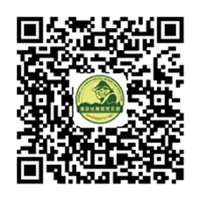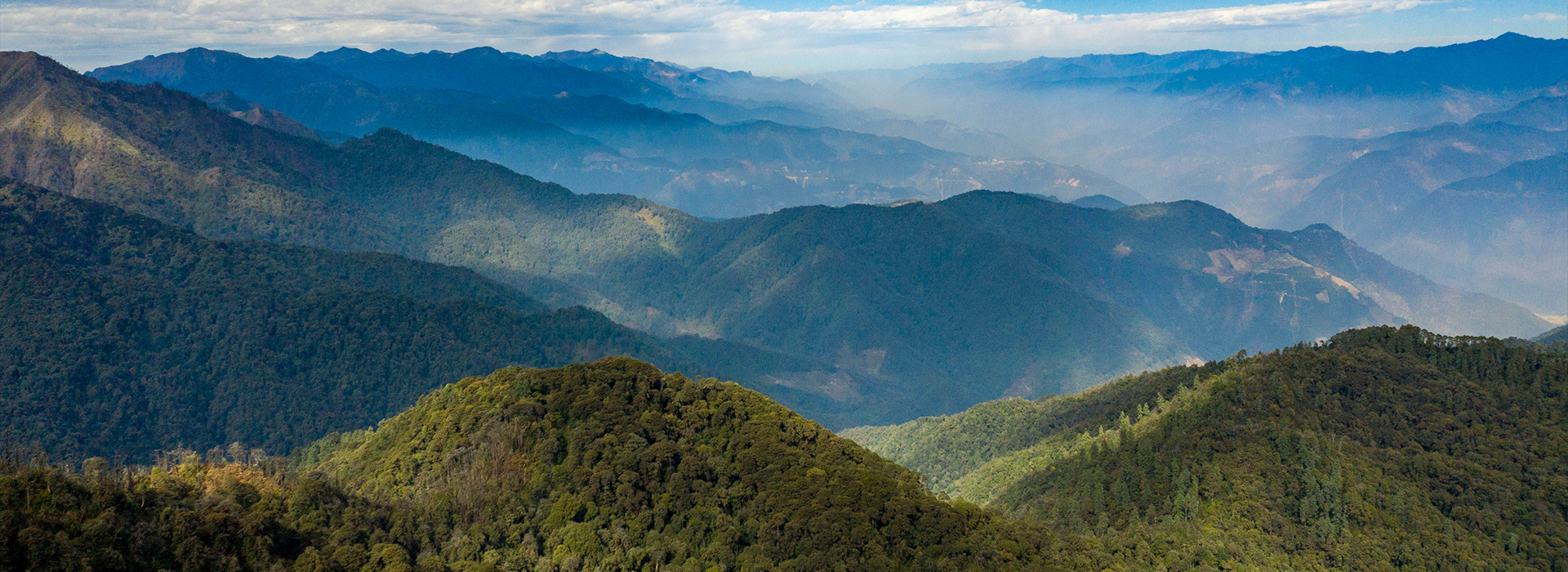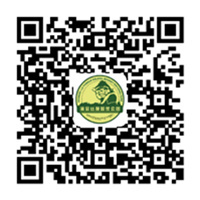Hello! Welcome to the official website of Shangri-La Weixi Yunnan Golden Monkey National Park!
Yunnan Golden Monkey Ecological Park!
—— WEIXI DIAN GOLDEN MONKEY NATIONAL PARK ——
Yunnan Golden Monkey Ecological Park!
—— WEIXI DIAN GOLDEN MONKEY NATIONAL PARK ——
Tacheng Tibetan Reba
The Reba dance originated in the eleventh century and is widely spread throughout Diqing. The Tacheng Tibetan Reba dance, "Shenchuan Reba," is considered the orthodox Reba dance due to its long history and relatively well-preserved classical style. It is a combination of singing, dancing, monologues, and instrumental music. It is generally performed during the Tibetan New Year, religious festivals, and times of drought, flood, or plague. During performances, men hold copper bells and women hold hand drums (hence the Reba dance is also known as the bell and drum dance), moving in circles and dancing gracefully. Historically, "Shenchuan Reba" has been praised by party and state leaders such as Zhou Enlai, Liu Shaoqi, and Zhu De. As a result, Tacheng was named the "Hometown of Reba Art" by the Diqing Prefecture Committee and Government in June 1999. Shenchuan Reba initially originated from Tibetan Buddhism—"White Sect"—as a type of religious sacrificial activity, later introduced to the folk by believers.
The predecessor of Reba is the "witchcraft" and "totem dance" of the Bon religion, the original religion of Tibet. With a long history and rich content, its unique style and superb skills, after absorbing the essence of ancient Zhangzhung culture, religious culture, and folk art, it has become a unique flower in the brilliant cultural and artistic achievements of ancient Tibetan culture. Tacheng, as the hometown of Reba culture, has a strong mass base, with people of all ages and genders in villages large and small participating in the dance.
Previous page:
Next page:

Welcome to follow our official WeChat account
Shangri-La Weixi Yunnan Golden Monkey National Park Management Co., Ltd.
Tel:0887-8756223
Email:310050193@qq.com
Address: Tacheng Town, Weixi Lisu Autonomous County, Diqing Tibetan Autonomous Prefecture, Yunnan Province
Copyright © 2025 Shangri-La Weixi Yunnan Golden Monkey National Park Management Co., Ltd.



 Wechat Official Account
Wechat Official Account